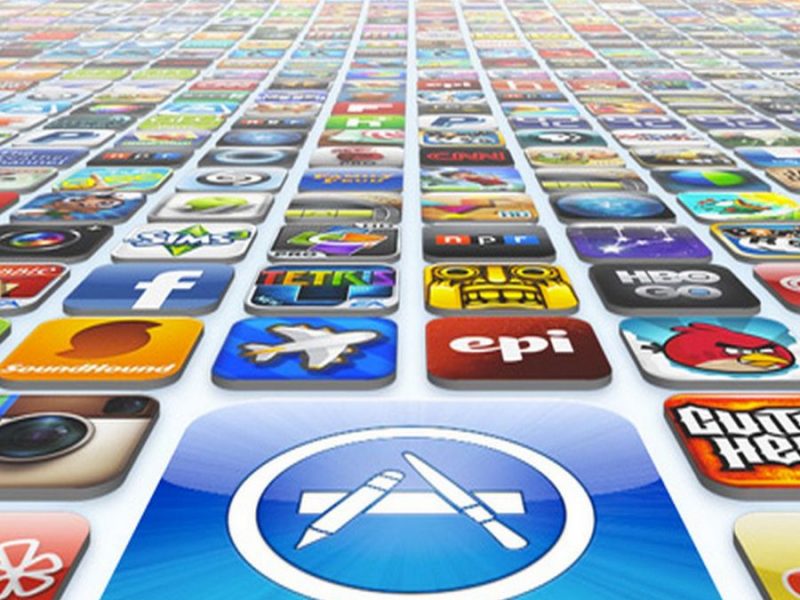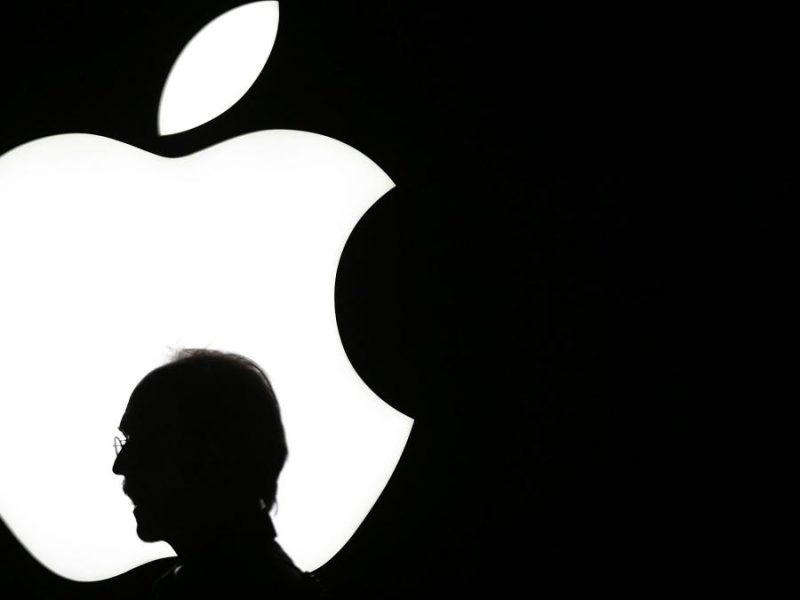
Foursquare is finally proving its value
In 2009, Facebook was just getting popular with moms and grandmas. People were playing Farmville. Twitter was just becoming mainstream. And Foursquare launched on to the scene.
Back then, Foursquare was just another social network, letting users check in to locations they visit and potentially receive badges for those check-ins.
A lot has changed since 2009, but Foursquare still remains, though not without some adversity. Today, in a review of 2017, Foursquare has announced that last year is the third year in a row in which Foursquare has seen at least 50 percent revenue growth.
Foursquare’s data, with over 3 billion visits/month around the globe, 105 million global venues, and 25 million people globally (both in and outside of the apps, via the Pilgrim SDK) who have opted in to always-on location sharing, is incredibly valuable to advertisers, businesses and developers. But transitioning from a consumer app to an enterprise platform — going from an Instagram to a comScore — has not been without its trials.
In 2014, Foursquare decided to ditch its original legacy app. Instead, the company announced, it would offer check-ins and ambient location-sharing via a new app called Swarm and the new and improved Foursquare would focus solely on place recommendations, essentially turning Foursquare into a direct competitor to Yelp.
The only way to viably sell data to advertisers, businesses and developers is to have your own army of hungry, active users to provide that data to begin with. And the old Foursquare was bloated and directionless, with a variety of potential uses. In short, it felt stale during a time when new apps were springing up left and right.
But Foursquare knew that the data it was collecting on users would prove its value eventually. And it was able to continue convincing investors that that would be the case, – writes techcrunch.com.
While the unbundling effort was a risky bet, it seems to have paid off for the company. Both apps have over 50 million monthly active users as of 2016, which has allowed Foursquare to put their foot on the gas with enterprise products.
For example, Pinpoint by Foursquare (an advertising product) now boasts more than half of the Ad Age 100 as advertisers. Attribution by Foursquare lets those brands measure how effective that advertising is. Attribution more than doubled revenue in 2017.
Developer tools are also an integral part of Foursquare’s business. The Pilgrim SDK and Places API “grew substantially,” according to a post by CEO Jeff Glueck, and now provides location tech to 125K+ developers.
Foursquare added 50+ new roles over 2017, including positions in engineering, sales, creative, business development, marketing, and ops. In 2018, the company is opening a new engineering office in Chicago, and plans to grow the team by 30 percent over the course of the year.
It’s taken nearly a decade, but Foursquare is finally proving that it can turn years of consumer data into a viable revenue stream.






